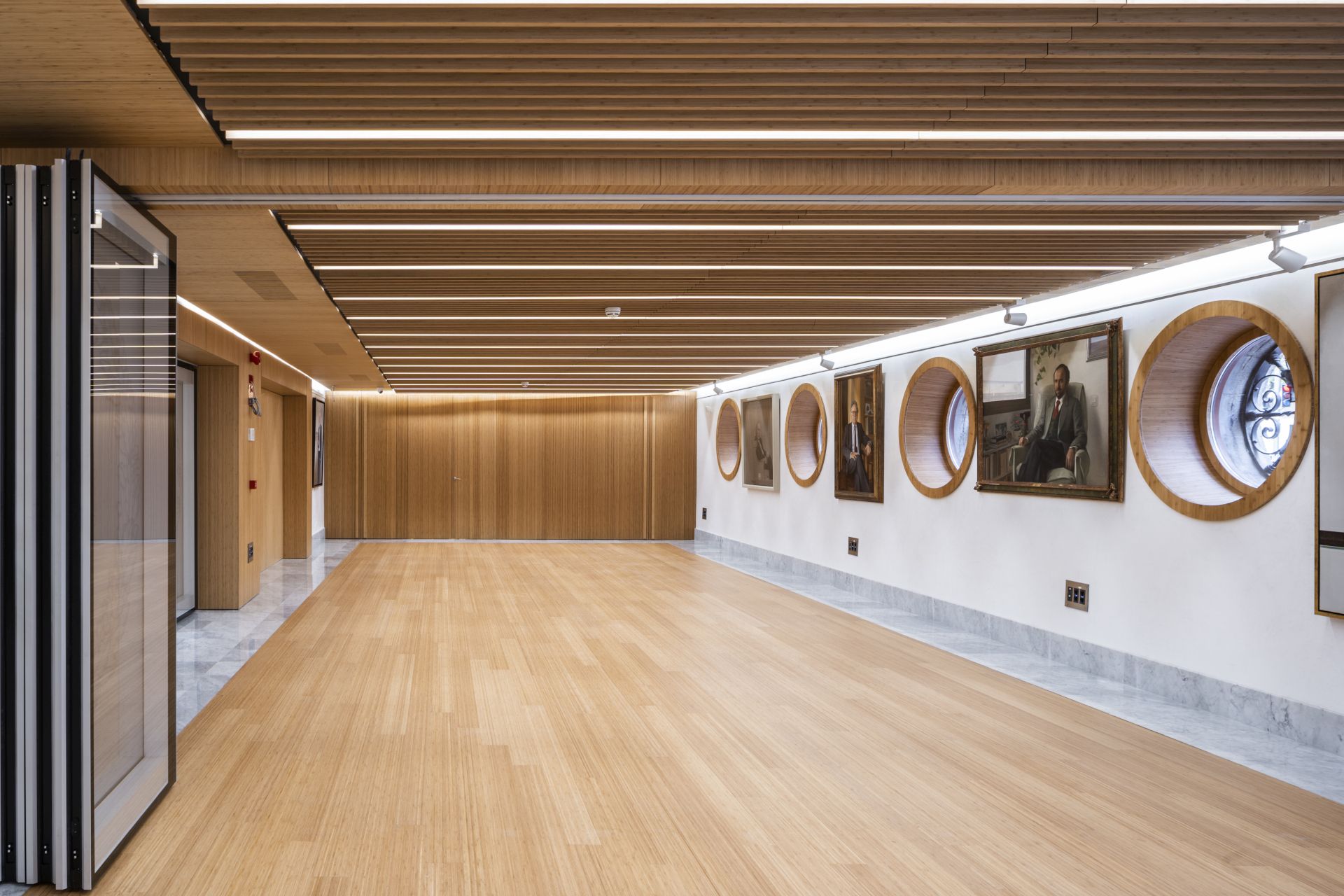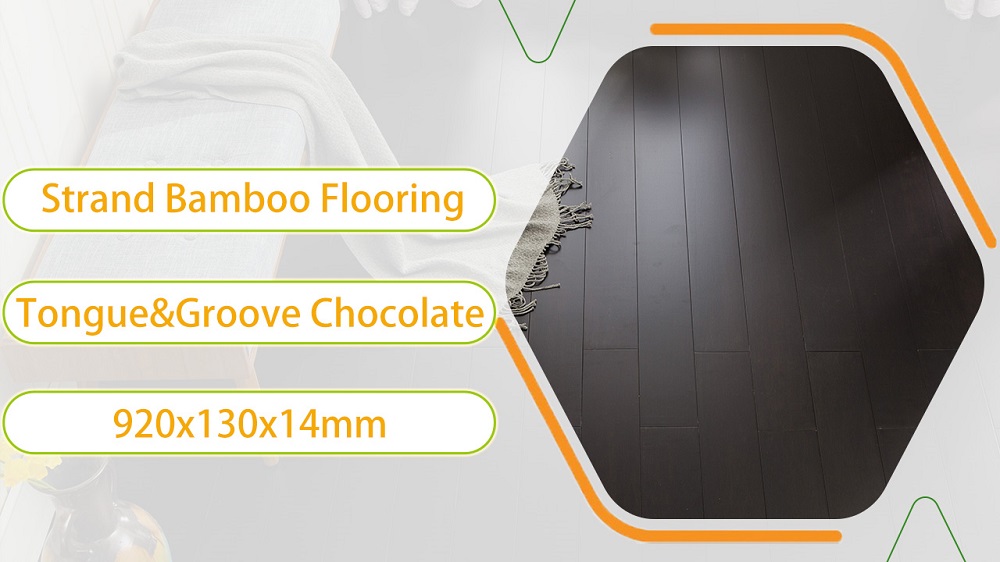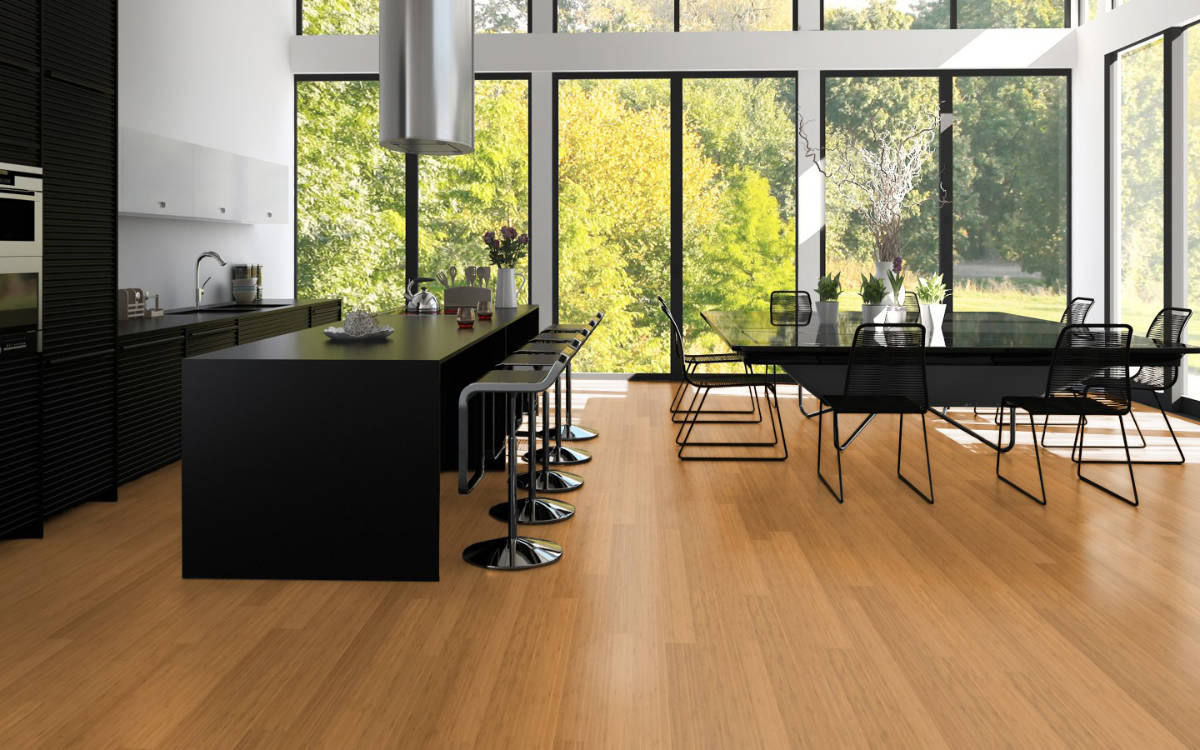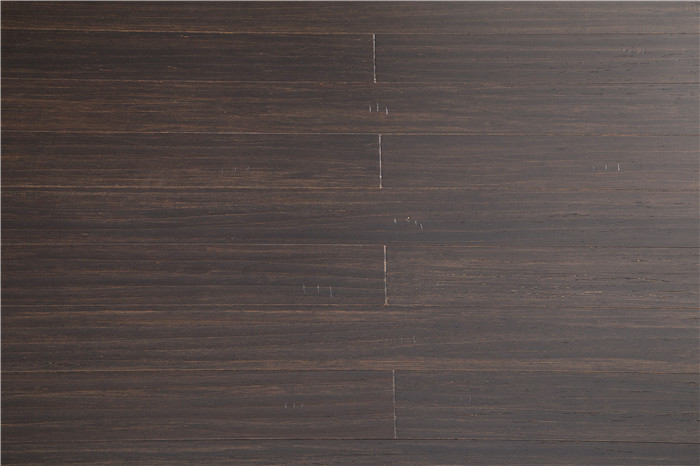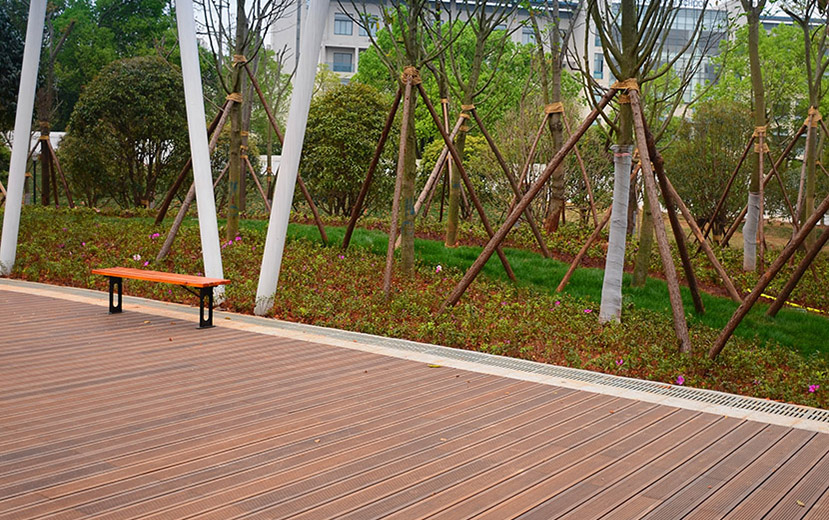Anti‑scratch coated bamboo flooring has become one of the most discussed topics among homeowners, installers, and distributors. Families want a floor that holds up under daily wear, and commercial projects demand predictable performance under heavier traffic. Working inside a bamboo flooring factory, I often witness how expectations for surface durability continue to rise. Many buyers have pets, active children, or furniture that gets rearranged frequently. They want assurance that the flooring can handle routine contact without showing noticeable wear.
The question many people bring to dealers and suppliers is simple: Do anti‑scratch coatings on bamboo floors actually work? The short answer is yes—when the right coating system is applied correctly, tested properly, and paired with stable bamboo construction. The longer explanation comes from understanding how these coatings are made, why they function the way they do, and what consumers should realistically expect.
How Anti‑Scratch Coatings Are Formulated
Modern bamboo flooring does not rely on a single protective layer. Instead, it uses a multi‑coating system made of UV‑cured layers that build a strong, flexible barrier. Each layer serves a specific purpose.
A typical coating stack might include:
- A primer layer for adhesion
- One or two sealer coats
- Reinforced mid‑layers containing aluminum oxide or ceramic particles
- A top wear layer cured under ultraviolet lamps
The aluminum oxide or ceramic additives increase abrasion resistance. These particles are suspended uniformly inside the finish and help protect the surface from micro‑scratches caused by everyday use.
Inside the factory, these coatings are applied by automated rollers. Each layer passes through UV curing units that harden the finish instantly. The curing process ensures that the coatings are chemically stable when the flooring is packaged, meaning they do not release noticeable odors or react with cleaning products.
Why Bamboo Responds Well to Durable Coatings
Bamboo has a naturally smooth and dense surface compared to many hardwoods. This makes it an ideal base for modern coatings. When properly sanded and cleaned before finishing, the bamboo surface allows the coating to bond evenly without excessive absorption.
Because bamboo fibers run lengthwise and are laminated into uniform layers, the grain pattern does not cause uneven finish buildup. This consistency helps prevent soft spots or thin areas in the coating that could wear faster over time.
Strand‑woven bamboo is especially compatible with anti‑scratch coatings because it has a dense internal structure and a firm outer surface. Many commercial projects involving strand-woven floors rely heavily on the coating system to maintain a clean appearance under heavy foot traffic.
What Homeowners Can Expect from Anti‑Scratch Bamboo Floors
Anti‑scratch coating does not mean a floor cannot scratch at all. It means the floor resists common sources of everyday damage far better than unfinished or lightly finished wood. Homeowners often notice improvements such as:
- Reduced visibility of micro‑abrasions from shoes and pet claws
- Better resistance to marks from sliding lightweight furniture
- A smoother surface that maintains its sheen longer
- Less dulling in high‑traffic areas like hallways and kitchens
For families with pets or young children, these advantages matter. Pet nails, for example, typically create fine lines that show up more prominently on softer coatings. A reinforced bamboo finish helps minimize these marks.
Coating Performance Depends on Factory Processes
Inside a bamboo flooring factory, several production steps determine whether the anti‑scratch coating will perform reliably. These include:
Moisture Control
Before any finishing takes place, the bamboo base material must be stabilized. Coating adhesion is directly affected by internal moisture. If the moisture content is too high or inconsistent, the finish may not bond firmly.
Sanding Accuracy
The sanding line must create a uniform surface without burn marks or excessive roughness. Uneven sanding leads to weak bonding areas where wear may appear faster.
Cleanliness Before Coating
Dust, fiber particles, or residues can interfere with the coating layers. Factories use air knives, vacuum systems, and tack rollers to keep boards clean before each coating pass.
UV Curing Stability
The coating must harden completely in each curing cycle. Under-cured finishes may feel tacky or wear prematurely. Over-cured finishes can become brittle. Accurate UV lamp calibration ensures the correct balance.
Layer Thickness Control
Every layer—from primer to top coat—is applied with a specific thickness. Too thick, and the coating becomes prone to cracking; too thin, and it wears too quickly. Roller speed, viscosity, and curing power are adjusted to maintain consistency.
These factory practices are essential to producing a floor that maintains its appearance in a busy home environment.
Aluminum Oxide vs Ceramic: What’s the Difference?
Two common types of anti‑scratch reinforcement appear in bamboo coatings: aluminum oxide and ceramic.
Aluminum Oxide
This is the most widely used material because it provides excellent abrasion resistance without affecting the clarity of the finish. It works well for residential applications and light commercial spaces.
Ceramic Particle Coatings
Ceramic finishes are harder and more resistant to wear, making them suitable for commercial environments such as retail or hospitality projects. They tend to feel slightly smoother and can support a more matte appearance.
Both coating systems enhance scratch resistance, but the choice depends on where the flooring will be installed and how much activity the space experiences.
How Anti‑Scratch Coatings Compare to Traditional Hardwood Finishes
Homeowners often compare bamboo with oak, maple, or hickory. The coating typically plays a bigger role than the species itself when it comes to surface wear. Traditional hardwood floors finished on site may use polyurethane, varnish, or oil finishes. While these can be durable, factory‑applied UV coatings offer advantages:
- Stronger cure thanks to controlled UV exposure
- Even layer buildup with automated machinery
- More scratch resistance because of aluminum oxide reinforcement
- Uniform surface appearance
For this reason, prefinished bamboo flooring often outperforms site‑finished hardwood in daily wear resistance.
Commercial Projects Provide Real‑World Proof
Many commercial spaces rely on strand‑woven bamboo floors with anti‑scratch coatings, including cafés, fitness studios, small offices, and boutique retail shops. These areas experience far more foot traffic than the average home. When a floor performs well in such environments, homeowners feel more confident using it in living rooms, kitchens, and hallways.
Project managers often comment on:
- The consistent sheen after months of use
- The ability to clean scuffs without permanent marks
- Resistance to chair movement in waiting areas
- The stable performance around entryways
These observations reinforce how effective modern coatings can be.
How Long Anti‑Scratch Coatings Last
The lifespan of the coating depends on several factors:
- Frequency of foot traffic
- Type of footwear used indoors
- Presence of pets
- Cleaning habits
- Use of protective pads under furniture
On average, a high‑quality anti‑scratch bamboo floor maintains its appearance for many years without requiring refinishing. While refinishing is possible for some bamboo constructions, many homeowners find that basic cleaning and regular maintenance keep the floor looking new.
Maintenance Habits That Support Long‑Term Protection
Anti‑scratch coatings significantly reduce damage, but a few habits help families maintain the best performance:
- Using felt pads under chairs
- Placing mats at entrances
- Sweeping or vacuuming regularly
- Avoiding abrasive cleaners
- Lifting heavy objects instead of dragging them
These practices complement the coating system, especially in homes with active children or multiple pets.
Do Anti‑Scratch Coated Bamboo Floors Really Work?
Based on factory testing, customer feedback, commercial project results, and long‑term performance studies, anti‑scratch coatings do what they are designed to do: protect the bamboo surface from the most common forms of daily wear. They minimize micro‑abrasions, maintain the floor’s visual appeal, and give homeowners confidence that the flooring will stay attractive even with an active household.
For busy families, pet owners, and commercial clients, the difference is noticeable. While no flooring surface is entirely immune to scratching, a well‑engineered bamboo floor with a quality anti‑scratch coating holds up remarkably well under real use.
